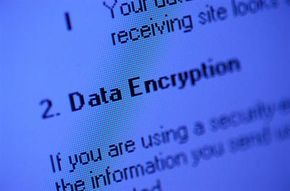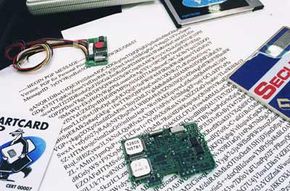When we use the Internet, we're not always just clicking around and passively taking in information, such as reading news articles or blog posts -- a great deal of our time online involves sending others our own information. Ordering something over the Internet, whether it's a book, a CD or anything else from an online vendor, or signing up for an online account, requires entering in a good deal of sensitive personal information. A typical transaction might include not only our names, e-mail addresses and physical address and phone number, but also passwords and personal identification numbers (PINs).
The incredible growth of the Internet has excited businesses and consumers alike with its promise of changing the way we live and work. It's extremely easy to buy and sell goods all over the world while sitting in front of a laptop. But security is a major concern on the Internet, especially when you're using it to send sensitive information between parties.
Advertisement
Let's face it, there's a whole lot of information that we don't want other people to see, such as:
- Credit-card information
- Social Security numbers
- Private correspondence
- Personal details
- Sensitive company information
- Bank-account information
Information security is provided on computers and over the Internet by a variety of methods. A simple but straightforward security method is to only keep sensitive information on removable storage media like portable flash memory drives or external hard drives. But the most popular forms of security all rely on encryption, the process of encoding information in such a way that only the person (or computer) with the key can decode it.
In this article, you will learn about encryption and authentication. You will also learn about public-key and symmetric-key systems, as well as hash algorithms.






